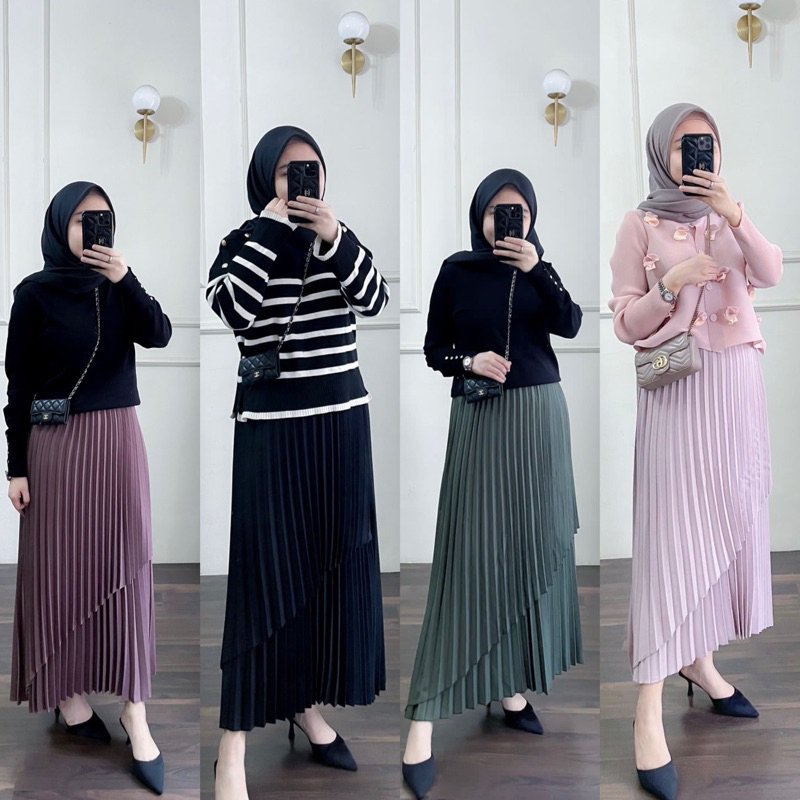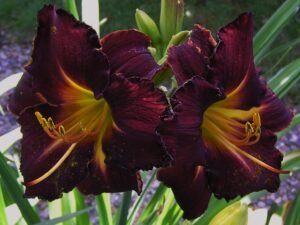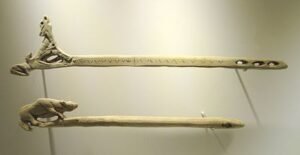The Rich Heritage and Symbolism of the Palestinian Thobe
The Palestinian thobe is more than just a traditional garment; it is a symbol of cultural pride, resilience, and identity. With intricate embroidery and patterns that tell stories of heritage, the thobe has become a global emblem of Palestinian culture. In this article, we’ll explore the history, significance, and craftsmanship behind the Palestinian thobe, as well as its evolution and modern relevance. The Palestinian thobe, a long embroidered dress often worn by Palestinian women, has origins that date back centuries. Traditionally hand-stitched, each thobe is unique and often associated with a specific region within Palestine. These garments hold special meaning within Palestinian culture, representing the history and stories of the people who wear them. In recent years, the Palestinian thobe has gained international recognition, not only as a beautiful garment but also as a symbol of Palestinian identity.
Unique Features and Patterns of the Palestinian Thobe
The Palestinian thobe is characterized by its colorful and intricate embroidery, often referred to as “tatreez.” Each design, stitch, and color has symbolic meaning. Some patterns represent aspects of nature, like cypress trees or olive branches, while others depict daily life, folklore, or religious symbols. Thobes from different regions in Palestine vary in design—each region has its own distinctive patterns and colors, making it possible to identify where a thobe originates just by looking at its design. For instance, thobes from Ramallah often feature bright, floral patterns, while those from Hebron display more geometric shapes in darker colors.
The Palestinian Thobe: A Symbol of Identity and Resilience
More than a garment, the Palestinian thobe is a representation of identity and resilience. For Palestinians, wearing a thobe is often a statement of cultural pride and solidarity. During times of conflict or displacement, the thobe has served as a form of resistance, symbolizing the people’s unbreakable connection to their land and heritage. The thobe has become a way for Palestinians to express their identity and heritage in a world where their culture faces challenges.
Traditional Craftsmanship and Techniques
Crafting a Palestinian thobe is a labor-intensive process that requires skill and patience. Traditional methods are often passed down from generation to generation, with mothers teaching daughters the art of tatreez. Each thobe is handmade, and creating one can take months to complete. The stitches used in tatreez include the cross-stitch and the satin stitch, among others, each one contributing to the detailed beauty of the thobe. Palestinian women play a vital role in preserving this cultural craft, and the handmade quality ensures each piece is unique.
Modern Adaptations and Global Popularity
In recent years, the Palestinian thobe has evolved from traditional dress into a global fashion statement. Designers have begun incorporating elements of tatreez into contemporary styles, creating garments that appeal to a modern audience while respecting cultural heritage. International celebrities and fashion icons have even worn the thobe on red carpets and runways, bringing this traditional garment to a global stage. The popularity of the thobe has been bolstered by the Palestinian diaspora, who share their heritage through fashion, allowing people around the world to appreciate and admire Palestinian culture.
The Palestinian Thobe and Cultural Preservation
With the rise of mass production and imitation, there is a concern about preserving the authenticity of the Palestinian thobe. Many organizations and initiatives are working to protect the craft, ensuring that traditional methods and designs are not lost. Some Palestinian artisans collaborate with these organizations to safeguard the art of tatreez and provide a source of income for local communities. By supporting authentic Palestinian thobes, people can help preserve this valuable cultural heritage for future generations.
Where to Buy or Experience Authentic Palestinian Thobes
For those interested in purchasing an authentic Palestinian thobe, several artisans and designers offer handmade garments crafted in Palestine. Some reputable sources include online shops run by Palestinian women and cultural centers that promote Palestinian craftsmanship. Additionally, exhibitions showcasing Palestinian heritage often feature traditional thobes, providing an opportunity to learn about their history and significance.
Conclusion
The Palestinian thobe is much more than a dress—it is a powerful symbol of identity, history, and resilience. Through its patterns and stitches, it tells the story of a people and a culture that has endured for generations. By celebrating and preserving the tradition of the Palestinian thobe, we honor the artisans who create them and the rich cultural heritage they represent.














Post Comment